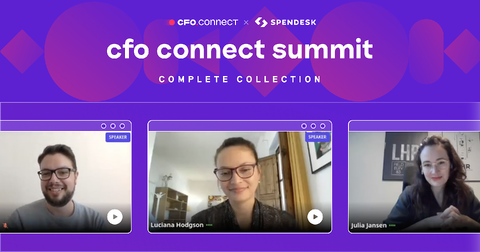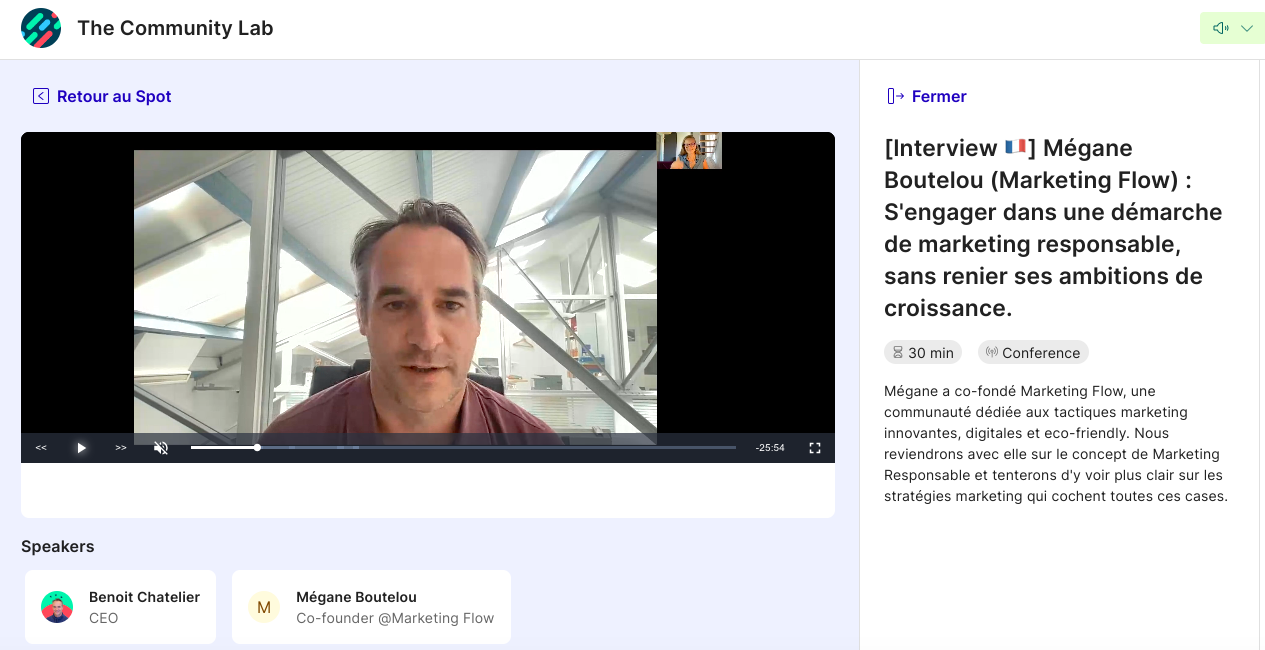Going from 8.5 million in 2000 to more than 53 million in 2021: the number of Internet users in France is constantly growing. And as the number of Internet users in France grows, so do the opportunities.
The rise of e-commerce or new social media are at the heart of this 3.0 era... But there' s more!
The digital transition comes with another change: the shift from physical communities to online ones. This is a must for companies that create, grow and engage communities (of customers, prospects, partners, etc.).
But how to make a community's digital transition a success? What are the best practices to apply, whether for B2B or B2C companies? Find out here!
Best practices for offline communities: the rules have changed
Reminder: what is a community?
Group, tribe, community... Whatever the term, these words have been around for a long time. People have always been used to getting together with their peers. These communities are based on shared rituals, behaviors and values.
For example, for many years, sports fans have been able to meet up regularly to share their common passion. Similarly, employees of the same company can build lasting bonds. But people aren't the only ones who take this type of approach, also called "tribal marketing".
All companies can lead such a unifying movement by creating their own community, whether it is a community of customers, prospects, employees or partners.
Web 3.0 and the Covid legacy: the rise of online communities
Whether the community is launched by a person, a group of people or a company, the community pursues the same goals: to bring together a solid group that promotes exchange, sharing and the creation of lasting bonds. This community approach has long been carried out face-to-face, relying mainly on events and physical meetings.
However, the health crisis and the rise of digital technology have changed the game. The rules have changed: for the past few years, communities have been mostly virtual. The arrival of web 3.0 adds to this fast-paced development. Web 3 marks a new decentralized era, where virtual communities reign supreme. A new approach to community marketing is born, to break free from geographical boundaries and ease asynchronous exchanges.
As a result, many companies create their first community directly using an online community platform (quite rightly so!). But for the originally physical communities, how to make this digital transition a success, in a smooth way? How can we meet the expectations of today's connected people, by offering them a memorable community experience?
5 tips for a successful digital transition of your community
1- Don't give up on offline at all costs
Be careful not to mistake "digital transition" for "going all digital". Today, Web 3.0 and digital tools enable the creation, growth and engagement of virtual communities. The idea is to launch a virtual movement, through a community platform, online events, downloadable resources... But it is essential to maintain a close connection!
For example, think about combining "online community" and "offline events". Both are compatible, to make it easier for members to meet. A mix of the two is also possible: have you thought about creating an online community... And organizing hybrid events, to fit all the members' needs?
This good practice is regularly applied by Spendesk, and its online community CFO Connect. The heart of the community is online, but some events are in person, or hybrid ones. A physical interview is then organized and shared on the Internet. An efficient initiative, to embrace the digital style while keeping the offline events alive.

2- Create an online onboarding process
People are less and less reluctant to change. It's not so much the change that scares them... but the lack of support to deal with it. So, to promote the digital transition of a community, reduce resistance and do everything you can to make them embrace it. Here is an essential step: ensure the onboarding of the members.
The onboarding time is a key step in the community journey. Onboarding is the welcoming phase and the digital integration of the members of a community. Even if your community already exists offline, onboarding applies to the transition to the virtual community. This step strengthens the feeling of belonging of the members and encourages them to be involved in the community.
To ensure a successful onboarding phase, here are some tips:
✅ Provide clear rules: how to sign up or join the community platform, rules of conduct to follow within the online community, etc. Also be transparent about the goals of the community and its benefits.
✅ Celebrate the arrival of members: organize a virtual welcome party or a live Question & Answer (Q&A).
✅ Share helpful resources: offer downloadable guides, tutorial videos to watch, surveys to engage members in the development of the community, etc.
Most often, the onboarding journey takes several weeks. For example, the onboarding of the CFO Connect B2B community (Spendesk) lasts 4 weeks. Various emails are sent out to share useful resources or information related to events (such as the CFO Connect Summit)

3- Fostering Shared Leadership
The transition to a digital community can only be achieved with the support of the existing members. Their involvement will even influence the success of such a transition in a certain way. So think about fostering co-creation and shared leadership.
With shared leadership, your company can fully involve its members (and especially its ambassadors). Thanks to this type of leadership, you strengthen your Community-Led Growth strategy: it is the community that drives the company's actions... And that guides its growth.
To foster this phase of distributive leadership, here are some tips:
💡 Strengthen member loyalty: think about creating a culture of care in your physical community, and follow through with your actions as soon as you go digital.
💡 Lean on the most engaged members: this is called a "variable geometry" strategy. Start by involving the core ambassadors, to entrust them with responsibilities. Get them to come up with ideas, set up projects and attract new members to the community!
💡Co-build the community adventure with the members: always in a shared leadership approach, make it clear to all members that their proactivity is welcome. For example, invite them to share their feedback and ideas to improve the community.

4- Focus on video
You want to engage your physical community in a 3.0 setup? Here is the wave to ride: video. The goal is to offer alternatives to physical meetings (to be maintained, but more occasionally)... By organizing different video meetings.
For example, consider setting up meetings with members by organizing lives, e-conferences or webinars. These techniques provide several benefits: dynamic and participative format, the chance to watch live or replay, etc.
You can make:
🎥 Welcome videos, for new community members.
🎥 "Tutorial" videos, to explain how the online community works.
🎥 Resources like video training, for B2B communities.
At MeltingSpot, we regularly host live videos, in the Community Lab. These e-conferences are available live and on replay, for our entire B2B community.

Within B2B communities, video is highly valued: 67% of professionals handle information better when it is delivered in a visual format (TechSmith, 2018)!
5- Hire a Community Builder
Whether you are creating an online community from scratch, or trying to manage the digital transition of a community... It is essential to surround yourself with a Community Builder. His/her role is essential to build, grow and engage a community on the web.
The Community Builder is the face and voice of the brand. He or she is identified as a pillar within a community and acts as an intermediary between the company and the members of the community (of customers, partners, ambassadors, influencers, employees, etc.).
Beyond the creation of the community, the Community Builder is in charge of animation, providing high value-added information and developing a warm and caring atmosphere. He perfectly masters the digital codes, to help the company in its transition.
💬 As Camille Buss, ex-Startup Manager at Village by CA and ex-leader of Le Media Lab (TF1 group) told us, "Community-Building is a full-time activity. Creating, growing and engaging a community cannot be improvised and requires long-term efforts!"
Today, most Community Centric brands have a Community Builder by their side. Take a look at these companies: Doctolib, Digiforma, Malt or Ocus.
Evemore, some Community Builders share their experience and vision of this new role in inspiring content for companies in transition. This is the case of Eloise, Community Builder at Ausha:

The rules have changed, welcome to the 3.0 web era. To create, grow and engage a community over time, digital is now the way to go. An online community allows you to free yourself from geographical, physical or temporal barriers, while promoting exchange and building close relationships.
With the 5 tips in this article, you are now ready for your community's digital transition. But before taking action, here is a 6th and last important tip: choose the right community platform!
To build and grow a community, organize online events, share online resources, allow members to interact with each other or with the company... An all-in-one community platform is a must. Discover MeltingSpot's now 👇

Become a Digital Customer Success Champion with MeltingSpot Academy!
Step into MeltingSpot Academy, your ultimate training hub for mastering Digital Customer Success. Level up your skills and become an expert in customer onboarding and education. Join a community of passionate CS leaders who are mastering the latest tools and strategies, including MeltingSpot and other top solutions. Get access to exclusive courses, masterclasses, inspiring talks, eBooks, and more to boost your expertise and lead the way!
Join Academy






